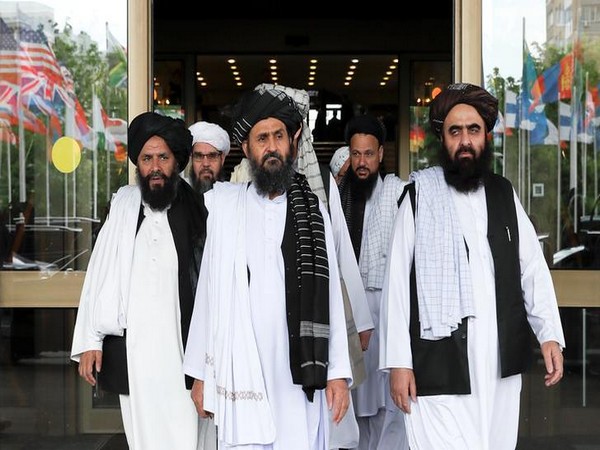In February 2020, the USA under the Trump administration and Taliban signed a peace deal that agreed on a ceasefire and withdrawal of foreign forces from the Afghan soil. The deal saw its culmination under the stewardship of US President Joe Biden who was keen on protecting US troops in Afghanistan.
What followed next was the capture of 33 out of Afghanistan’s 34 provinces, the fleeing of Afghanistan’s President Ashraf Ghani, and a desperate attempt by citizens of Afghanistan rushing to the airports in fear of living under the Taliban’s regime.
Considering the Taliban’s rise to power and their reclamation of the same, it is necessary to understand the men at the helm of the insurgent group. The following are prominent members of the insurgent group Taliban which usurped power in Afghanistan almost a month ago:
1) Hibatullah Akhundazada – Supreme leader
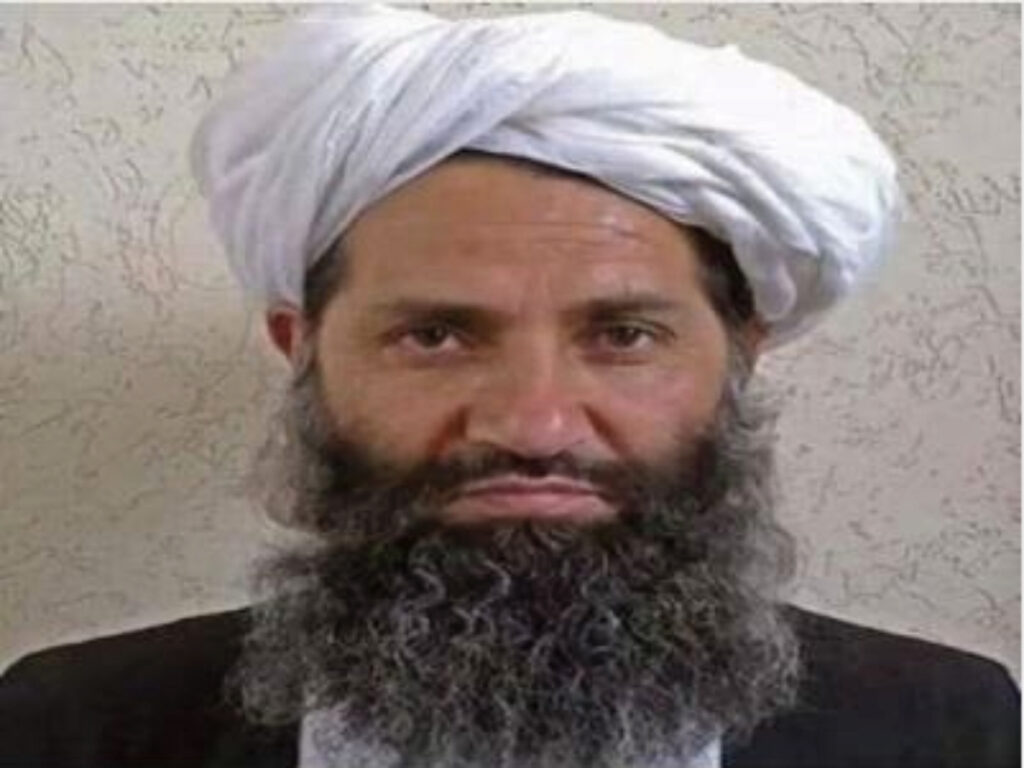
Hibatullah Akhundzada (born in 1961) is an Afghan religious leader who is the third supreme leader of the Taliban and the Islamic Emirate of Afghanistan. The Taliban call him the Amir-al-muminin (Commander of the Faithful), which was the title of his two predecessors.
He enjoys the reputation of being a renowned Islamic scholar and fought against Soviet occupation in the 1980s. During the Taliban’s first stint in office, he was the head of the Sharia Courts and as such is considered the authority on Sharia laws.
2. Mullah Abdul Ghani Baradar- Co-founder
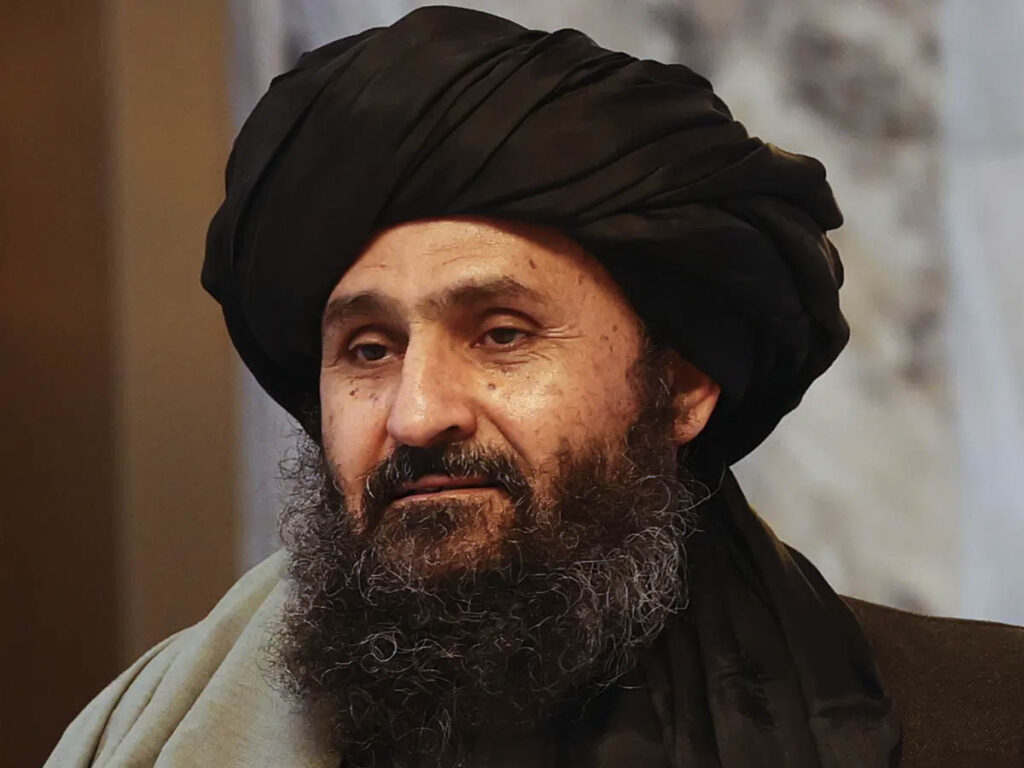
Mullah Abdul Ghani Baradar (born 1968), the deputy leader of the Taliban is the most recognized name in the current leadership, chiefly because he headed the Taliban’s negotiating team in Doha.
Baradar is one of the four men who founded the Taliban in 1994 and was married to Mullah Omar’s sister. He was second in command to the late Taliban chief and was one of his most trusted commanders. After the US and NATO dethroned the Taliban, Baradar had tried to negotiate the surrender of the Taliban in 2001 but was refused. He then went into hiding until he was captured in Karachi in February 2010 in a joint US-Pakistan operation. He was one of the high-value Taliban prisoners closely guarded in a Pakistan jail, where he spent eight years.
Baradar was released in 2018, as the Trump administration decided to begin peace talks with the Taliban. In 2019, he became the head of the Taliban’s political office in Doha. Baradar negotiated and signed the Doha agreement with the US. His name is in the running for the top civilian post of president, or it’s equivalent. His diplomatic skills were at play in Doha and he held talks with Wang Yi, China’sforeign minister.
3. Sirajuddin Haqqani-Haqqani network
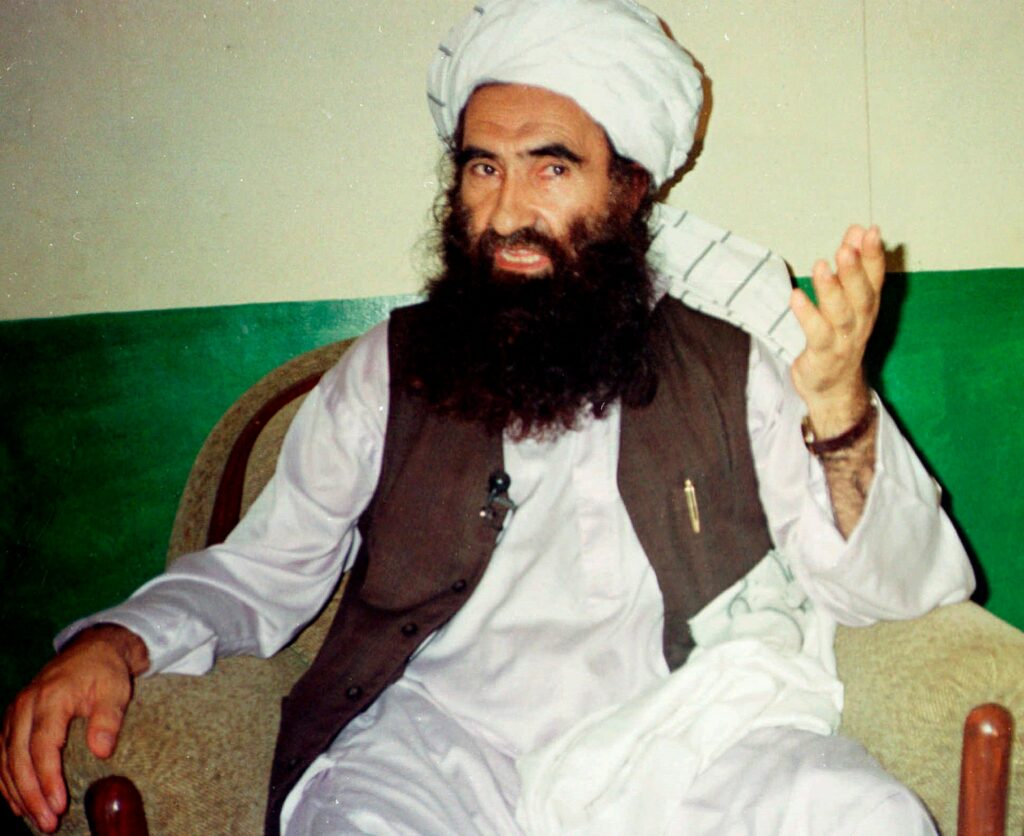
Sirajuddin Haqqani is the leader of an UN-designated terrorist group and is unpopular in India as the Haqqani network is said to be behind the two terror attacks on the Indian embassy in Kabul in 2008. India claims the Haqqani network is close to Pakistan’s spy agency, the ISI, and is used by them to go after Indian interests in Afghanistan. He is also a deputy leader of the Taliban. His brother too is part of the Taliban and was captured by the US forces in Bahrain in 2014. He flew back to Afghanistan and was kept in Bagram prison before being exchanged in a prisoner swap four years later in 2018. Sirajuddin Haqqani is said to be an excellent military commander and was in charge of collecting funds for the Taliban when they were out of power.
4. Mohammed Yaqoob-the scion (son of Mullah Omar)
Mohammad Yaqoob (1990) is the son of the Mullah Omar, and was in the running to take over the leadership of the Taliban after the death of his father was made public. Despite his lack of experience, he has a staunch following within the Taliban cadres mainly as the son of Mullah Omar. He supervises the Taliban’s military action with Sirajuddin Haqqani. Yaqoob is said to have asked the Taliban not to harm members of the Afghan military who lay down their arms or destroy public property.
5. Mohammed Abbas Stanikzai-Taliban politics

Sher Mohammad Abbas Stanikzai(born 1963), is the current head of the Taliban political office in Doha. He has been living in Doha for over a decade and took charge of the political office in 2015. He traveled to the US when the Taliban was in power in Kabul to urge the US government to recognize the Taliban. He has been part of Taliban delegation talks to diplomats in Doha and has traveled to several countries as part of the Taliban delegation. He took part in the intra-Afghan talks in Qatar. He said to have close links with Pakistan’s Inter-Services-Intelligence.
6. Abdul Hakim Hakkani- Chairman of the negotiation team

Abdul Hakim Haqqani (born 1967), is an Afghan Taliban leader, former Chief Justice, and the Chairman of the negotiation team in the Qatar Office. He is one of the founding members of the Taliban movement and was a close associate of the late leader Mullah Mohammed.
7. Zabihullah Mujahed, Main Spokesman
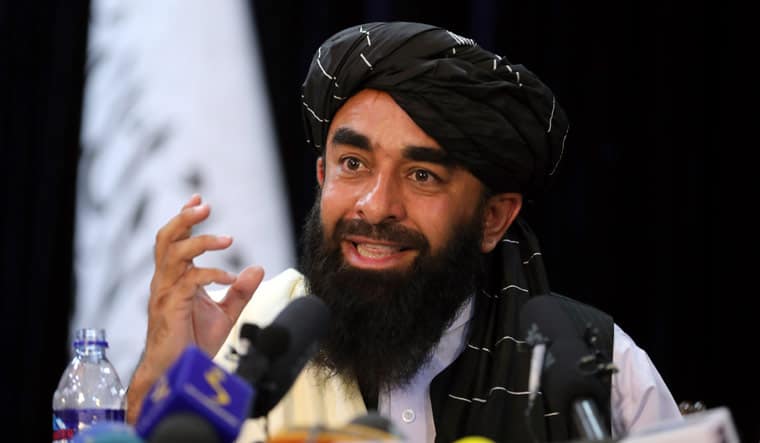
Zabihullah Mujahed is an official spokesman for the Islamic Emirate Afghanistan. He has long served as one of several spokesmen for the Taliban, the others being Suhail Shaheen and Yousef Ahmedi. Mujahid often commented mainly on the Taliban’s activities in eastern, northern, and central Afghanistan, while Ahmadi focused on the western and southern regions
Mujahid appeared publicly in person on 17 August 2021. Prior to that, he regularly communicated with journalists and spoke on behalf of the Taliban via cellphone calls, text messages, emails, Twitter, and postings on jihadi websites. Mujahid was appointed in January 2007 following the arrest of Taliban spokesman Muhammad Hanif.
(List compiled by Marziya Sharif)

